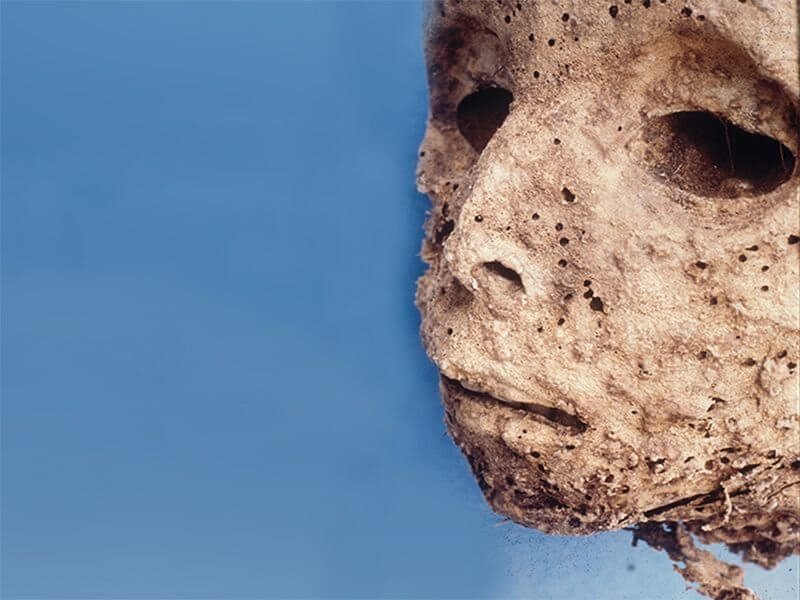Once, this boy mummy was thought to have died of smallpox, but a new analysis of his now 450-year-old DNA reveals signs of hepatitis B, instead — the oldest known infection of the virus. The puzzling new diagnosis is made stranger still by the similarity between the mummy’s hepatitis B virus and modern-day strains, suggesting this virus has been infecting people for thousands of years.
…
[T]he findings suggest that this strain of hepatitis B hasn’t changed much over the past 450 years — which makes sense, says study author Edward Holmes. “HBV is a very unusual virus,” he told The Verge in an email. Its genome is short and rigid, so the mutations that would let it evolve could also just as easily break it. “On the one hand this makes the virus very small and efficient,” Holmes says, “but on the other it means that very few mutations actually work.”So this remarkably efficient, slow-evolving virus must have been already well-adapted to people long before this little boy contracted it. That means hepatitis B has probably been spreading among humans for thousands, possibly tens of thousands, of years. Exactly how long, Holmes says, is still a bit of a mystery.
Read full, original post: This 450-year-old mummy contains the oldest evidence of hepatitis B































